Audio Note AN-J-LX
6,790.00€
Audio Note AN-J-LX
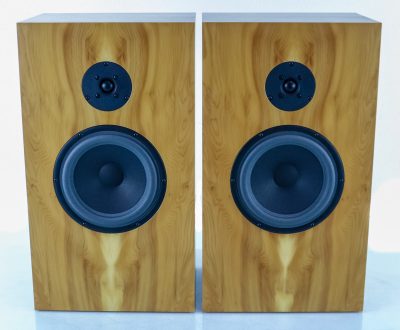
Audio Note AN-J-LX
Διαθέσιμο κατόπιν παραγγελίας
Περιγραφή
Audio Note AN-J-LX

Audio Note AN-J-LX
Η πλειοψηφία της αγοράς ήχου υψηλής τεχνολογίας καταλαμβάνεται από κακά σχεδιασμένα ηχεία χαμηλής απόδοσης. Αυτά τα σχέδια αποτελούνται συνήθως από όχι και τόσο ταιριασμένους οδηγούς και ένα πολύ περίπλοκο crossover, στριμωγμένο σε μια καμπίνα που παρουσιάζει τις τονικές και υφές ιδιότητες του οπλισμένου σκυροδέματος. Οι σχεδιαστές τους τυφλώνονται από τη δογματική αναζήτηση για υψηλά επίπεδα ηχητικής πίεσης και επίπεδη απόκριση.
Τι γίνεται όμως με τους άλλους παράγοντες που είναι απαραίτητοι για τη συναισθηματική συμμετοχή στην αναπαραγωγή της μουσικής; Τι γίνεται με τη συνοχή, τα φυσικά μικρο-μακρο δυναμικά, την εσωτερική λεπτομέρεια;
Ένας άλλος πολύ παραμελημένος τομέας σχεδιασμού ηχείων είναι η επιλογή υλικού για τα drivers. Έχει γίνει πολύ της μόδας η χρήση όλων των ειδών εξωτικών υλικών (βηρύλλιο, διαμάντι, ανθρακονήματα, κεραμικά κ.λπ.) ως υλικά κώνου στους σύγχρονους οδηγούς, κυρίως επειδή δίνει την εντύπωση ότι ο εν λόγω κατασκευαστής κάνει μεγάλα βήματα στην έρευνά του. Hχεία με καλύτερο ήχο. Το λυπηρό είναι ότι κανένα από αυτά τα υλικά δεν λειτουργεί όπως προβλέπεται, καθώς όλα έχουν τη δική τους ξεχωριστή ηχητική υπογραφή, επομένως ανεξάρτητα από το πώς είναι σχεδιασμένο το crossover, αυτή η ηχητική υπογραφή θα υπάρχει όταν το ηχείο αναπαράγει μουσική. Μπορεί να είναι λιγότερο προφανές και ακουστό με ορισμένα είδη μουσικής, αλλά τελικά το επιλεγμένο υλικό θα αποτυπώνει πάντα κάποια από τη δική του υπογραφή σε όποιον ήχο αναπαράγεται. Επιπλέον, είναι ζωτικής σημασίας ο ήχος και τα χαρακτηριστικά ενός μεφαφώνου να είναι συμπληρωματικά με εκείνα του επιλεγμένου συνεργάτη του (π.χ γούφερ με τουίτερ), έτσι ώστε όταν ένα όργανο αναπαράγεται και από τις δύο μονάδες (κάτι που συμβαίνει σχεδόν πάντα), οι μεσαιουψηλές συχνότητες να μην ακούγονται αφύσικες, επιθετικές ή με προ-πορεία από τις μεσαιοχαμηλές και το αντίστροφο. Αυτή είναι μια πτυχή της απόδοσης που δεν μπορεί να μετρηθεί ακόμη και από τον πιο εξελιγμένο εξοπλισμό δοκιμών. Μπορεί να κριθεί ΜΟΝΟ ακούγοντας. Εμείς στην Audio Note το γνωρίζουμε πολύ καλά και έχουμε επιλέξει σκόπιμα μονάδες μετάδοσης κίνησης των οποίων οι ηχητικές υπογραφές ταιριάζουν όσο το δυνατόν περισσότερο. Αυτό μας οδήγησε να προτιμήσουμε το καλό, παλιομοδίτικο χαρτί και το χαρτί κάνναβης για τον κώνο του γούφερ και το εμποτισμένο μετάξι για το tweeter με θόλο. Αυτά τα υλικά, όταν συνδυάζονται σωστά, συνδυάζουν άψογα τις χαμηλές και τις υψηλές συχνότητες, παρέχοντας το καλύτερο δυνατό επίπεδο απόδοσης στον πραγματικό κόσμο της ακουστικής.
Audio Note AN-J-LX
Details
The majority of the high-end audio marketplace is occupied by ill-conceived low efficiency loudspeaker systems. These designs usually consist of several less-than-ideally matched drivers and a very complex crossover, crammed into a cabinet that exhibits the tonal and textural qualities of reinforced concrete. Their designers are blinded by the dogmatic quest for high sound pressure levels and flat response.
But what of the other factors which are essential for emotionally involving music reproduction? What about coherence, full natural micro—as well as macro—dynamics, inner detail?
What about LIFE?
What about EMOTION?
Sorry, they’re just not part of the “High Performance Audio” design brief. And music suffers for it.
The design of the AN-J Loudspeaker, by contrast, follows an altogether different philosophy. It calls for a cabinet that complements the chosen drive units, rather than fighting against them. Instead of trying to kill the resonances, we tailor the cabinet to place them in frequency bands where they aid and enhance the operation of the drive units, culminating in a loudspeaker system that makes the most of the preceding amplifier’s output.
The material choice for the cabinet is an area where a great deal of research and development has taken place. Over the years, we have tried many different materials and combinations, a time consuming endeavour culminating in the current design, which utilises the highest quality birch ply for the entire cabinet. Bracing and internal damping is kept to a minimum and strategically applied to help, not hinder the drivers.
The ported cabinet has been designed to be placed close to room boundaries, where the bass performance is augmented significantly by the additional reinforcement offered by the nearby walls. In this position, it will outperform any similarly sized speaker regardless of origin, thanks in part to the shallow cabinet / wide baffle shape which gives the drivers the best possible operating conditions, allowing them to perform as if they are mounted in a virtual wall. This provides the most undisturbed sound field with the widest and most even dispersion possible from a real world cabinet shape.
The crossover is simple, essentially first order, hardwired and incorporates air-cored chokes and selected bipolar and polypropylene capacitors (either copper foil or silver foil, depending on model). The internal cabling consists of either 99.99% pure copper or 99.99% pure silver Audio Note (UK) wire, depending on the exact model. (See specifications.)
Consistent performance is a major issue in loudspeaker design and unfortunately all drive units vary slightly from each other, even if they look the same and have the same basic specification. Many loudspeaker manufacturer’s will tell you that they provide “computer matched” crossovers, and whilst this may be true in one sense (each crossover may have been matched to have the exact same capacitance, inductance and resistance) this essentially “passive” method does not adequately take into consideration the mechanical and acoustic variance present in the drive units themselves, where minute differences in acoustic behaviour will result in quite substantial differences in performance and sound. Therefore, to obtain the best possible combination of drivers and crossovers, we have developed a dynamic matching process. This ensures that each loudspeaker in a stereo pair matches a “master curve” and also its partner, to within 0.4dB. To the best of our knowledge, no other loudspeaker manufacturer achieves such close matching and tests 100% of its production.
Another much overlooked area of loudspeaker design is the material choice for the drivers. It has become very fashionable to use all manner of exotic materials (beryllium, diamond, carbon fibre, ceramics etc.) as cone materials in modern drivers, mainly because it gives the impression that the manufacturer in question is making great strides in their research into better sounding speakers. The sad fact is none of these materials work as intended, as they all have their own distinct sonic signature, so no matter how the crossover is designed, this sonic signature will be present when the speaker reproduces music. It may be less obvious and audible with some types of music, but ultimately the chosen material will always imprint some of its own signature on whatever sound is reproduced. In addition, it is vitally important that the sound and characteristics of an individual drive unit are complimentary to those of its chosen partner, so that when an instrument is reproduced by both drive units (which is almost always the case), the upper range does not sound detached from the lower range and vice versa. This is an aspect of performance that cannot be measured by even the most sophisticated test equipment; it can ONLY be judged by listening. We at Audio Note are keenly aware of this and have deliberately chosen drive units whose sonic signatures are as closely matched as possible. This has led us to favour good, old fashioned paper and Hemp paper for the woofer cone and impregnated silk for the dome tweeter. These materials, when matched correctly, marry the low and high frequencies seamlessly, providing the best level of performance possible in the real world of acoustics.
Audio Note AN-J-LX Specifications
1″ tweeter, standard magnet, copper voice coil
8″ standard, paper, copper voice coils
93dB sensitivity
cambling AN-Lexus LX
Internal crossovers
Copper indactors
Δείτε εδώ τα υπόλοιπα προιόντα μας
Δείτε προσφορές στο BLOGSPOT μας


ΤΡΟΠΟΙ ΠΑΡΑΔΟΣΗΣ
- Η παράδοση των προϊόντων μετά τη συλλογή τους από την Nexus Acoustics, πραγματοποιείται σε διάστημα 1-3 εργάσιμων ημερών.
- Παραλαβή από την έδρα μας κατόπιν επικοινωνίας.
- Αποστολή με Courier με επιπλέον χρέωση για παραγγελίες έως 100€ & έως 2,00 kg. και δωρεάν για την Ελλάδα σε μεγαλύτερα ποσά και μικρού όγκου δέματα (έως 2,00 kg)
- Οι αποστολές για δυσπρόσιτες περιοχές γίνονται στο πλησιέστερο Γραφείο της συνεργαζόμενης Courier.
- Για ογκώδη αντικείμενα (Ηχεία, Ενισχυτές κλπ) η αποστολή γίνεται με Μεταφορική Εταιρεία κατόπιν συνεννόησης και ανάλογα τον προορισμό.
> Δείτε περισσότερα σχετικά με τις παραδόσεις

ΠΛΗΡΩΜΗ ΜΕ ΔΟΣΕΙΣ
Μέσω τρόπου πληρωμής με Πιστωτικές Κάρτες Visa & Mastercard μπορείτε μέσα στο eshop μας να κάνετε τις αγορές σας με άτοκες δόσεις.
- Απο 0,00€ - 3,000€ πληρωμή σε 3 άτοκες δόσεις
- Απο 3,001€ - 6,000€ πληρωμή σε 6 άτοκες δόσεις
- Απο 6,001€ και πάνω πληρωμή επίσης σε 6 άτοκες δόσεις
Επιπλέον πληροφορίες
| Brand |
AUDIO NOTE |
|---|
Μόνο συνδεδεμένοι πελάτες που έχουν αγοράσει αυτό το προϊόν μπορούν να αφήσουν μία αξιολόγηση.
Σχετικά προϊόντα
BOSENDORFER VC-7
BOSENDORFER VC-7
Το BOSENDORFER VC-7 είναι το τελειότερο ηχείο της φιλοσοφίας της σχεδίασης του HANS DEUTCH με τα Resonating Panels, που αποδίδουν τα μπάσα σαν το καπάκι ενός πιάνου! Με 4 πλευρικά μικρά μεγάφωνα full range υψηλής ταχύτητας, με φόρτιση κόρνας - πατέντα του Hans Deutch, που η έξοδος της στο κάτω μέρος του ηχείου ενεργοποιεί τα Resonating Panels, αποδίδει μια εκπομπή σχεδόν 270 ο με βαθιά μπάσα 25Ηz @ 3db
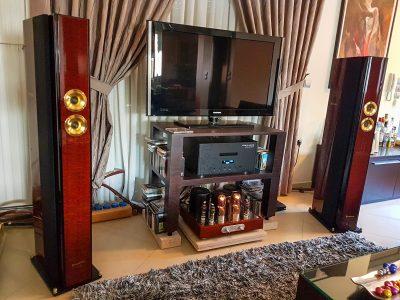
BOSENDORFER VC-7
CHARTWELL LS3.5
Graham Audio ls5.5
KEF LS50 Wireless II
ROSSO FIORENTINO ELBA Series II
ROSSO FIORENTINO ELBA Series II
-
Ένα ηχείο κόσμημα κατασκευασμένο στην Ιταλία από την ROSSO FIORENTINO που εδρεύει στην ΦΛΩΡΕΝΤΙΑ. Το ELBA S-2 είναι ένα ηχείο 3 μεγαφώνων με ήχο ESOTERIC και άριστη σχέση τιμής προς απόδοση. Με μια σειρά βελτιώσεων από την σειρά S-1 είναι ένα εύκολο φορτίο 88 db/W/m - 6Ω που μπορεί να αποδώσει εξαιρετικά με ποιοτικούς ενισχυτές solid state & με λυχνίες. Το ELBA S-2 έχει δυνατότητα μεγάλης πρόσληψης ισχύος αποδίδοντας στάθμες ικανές να καλύψουν σαλόνια έως και 35 m2 . Με υψηλότατη ποιότητα κατασκευής μέχρι και την τελευταία λεπτομέρεια καθώς η Rosso Fiorentino θεωρεί τα ηχεία μουσικά έργα τέχνης που θα πρέπει ευχαριστούν τον κάτοχο τους για πάρα πολλά χρόνια.
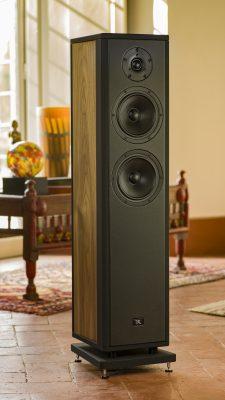
ROSSO FIORENTINO ELBA Series II

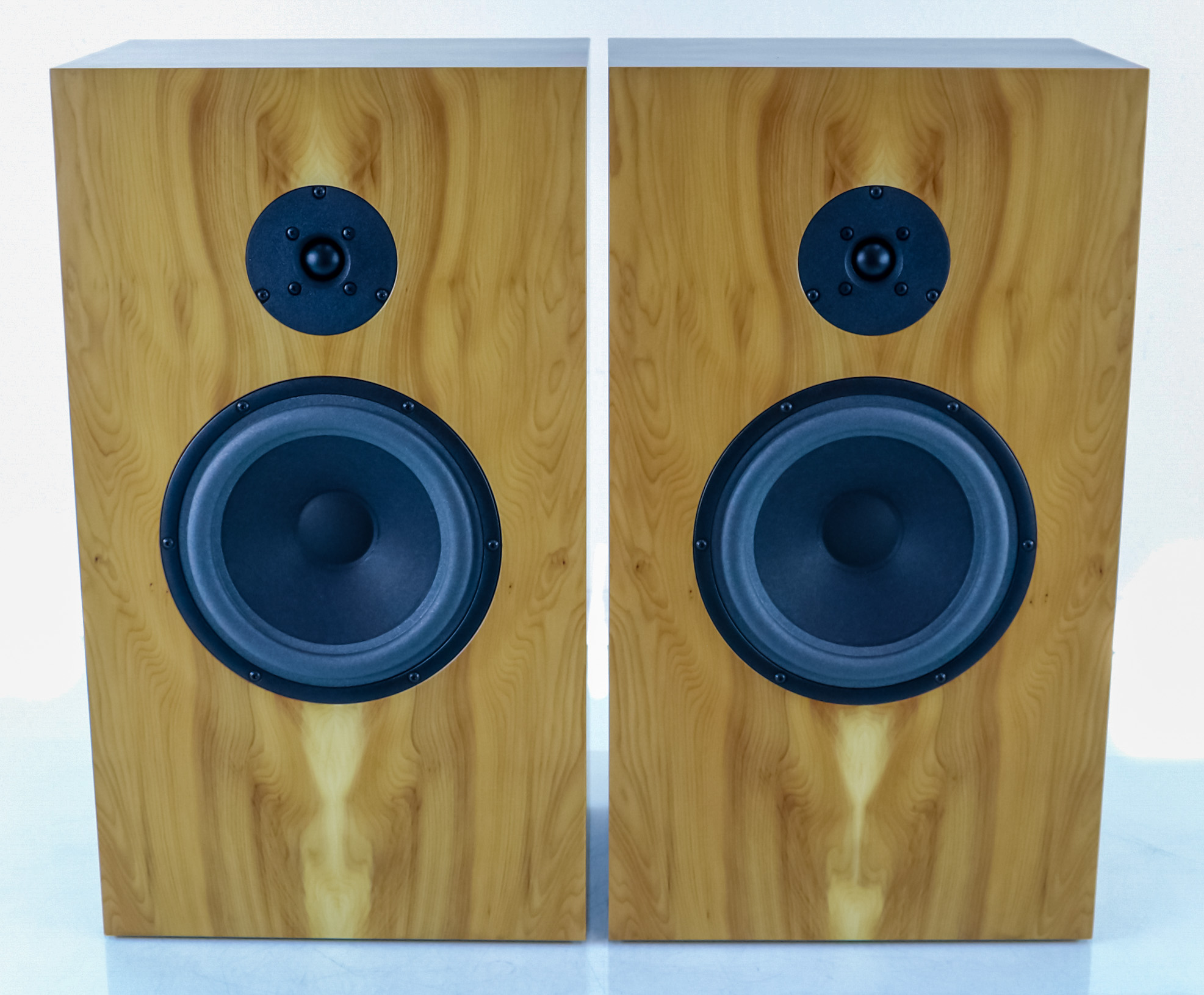
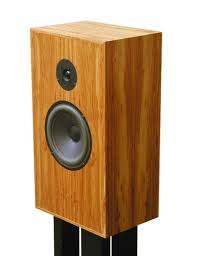
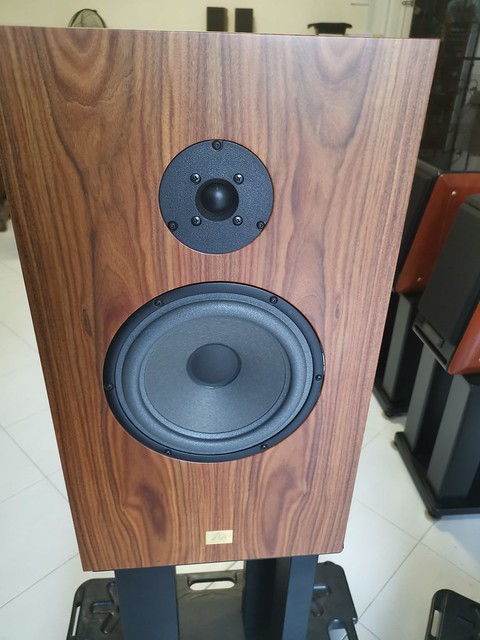
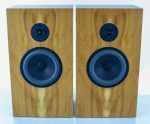
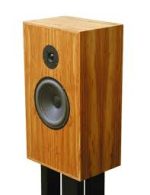
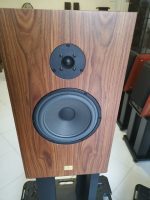
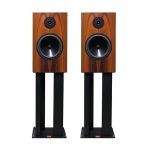
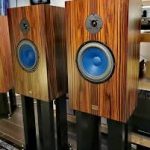
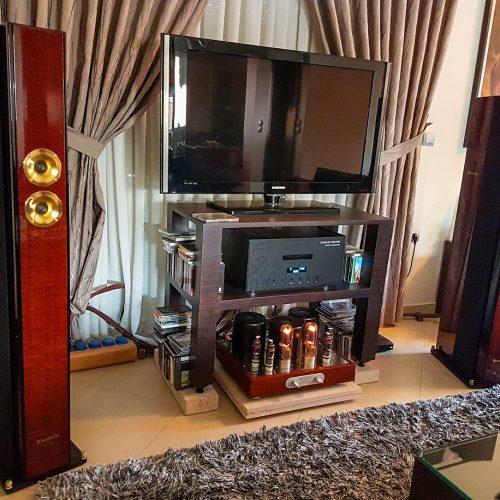

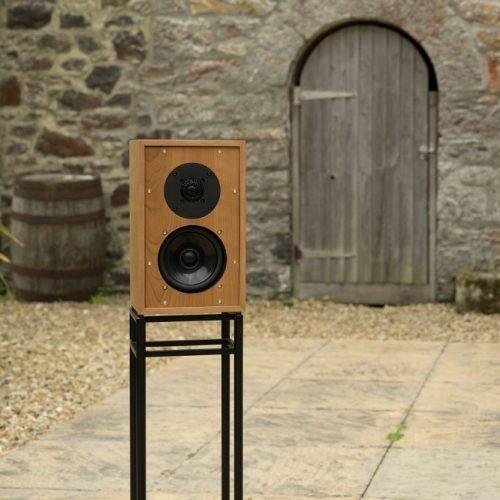
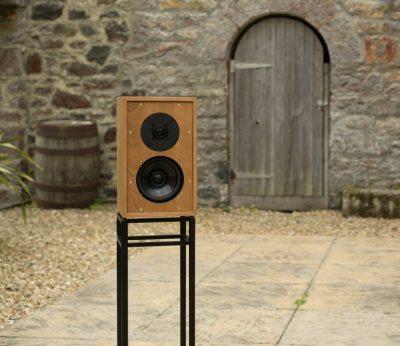
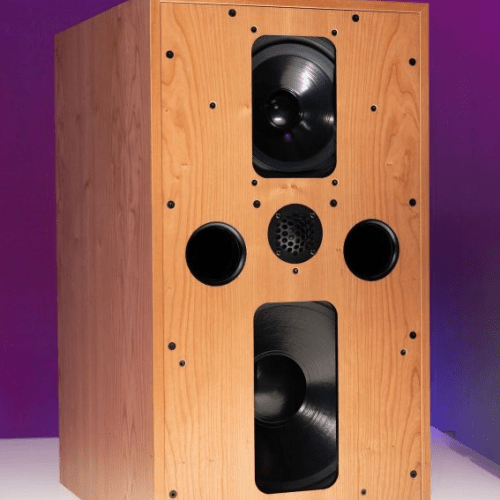
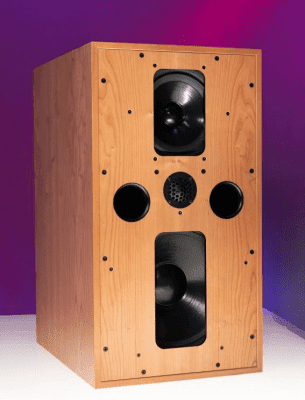
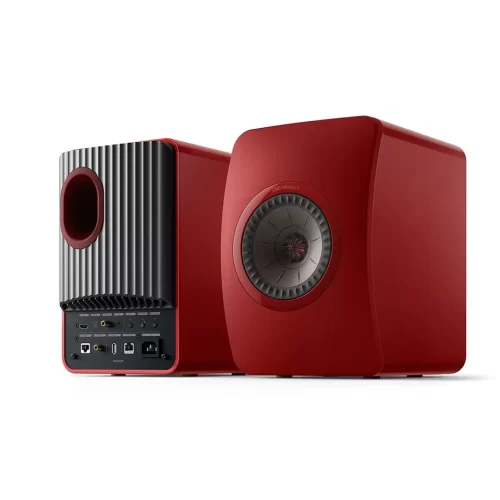
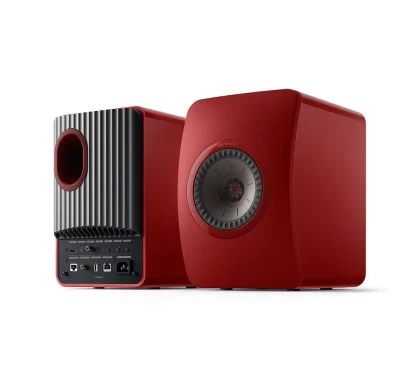
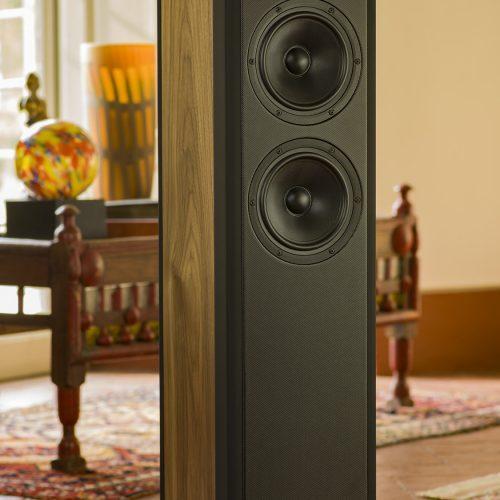
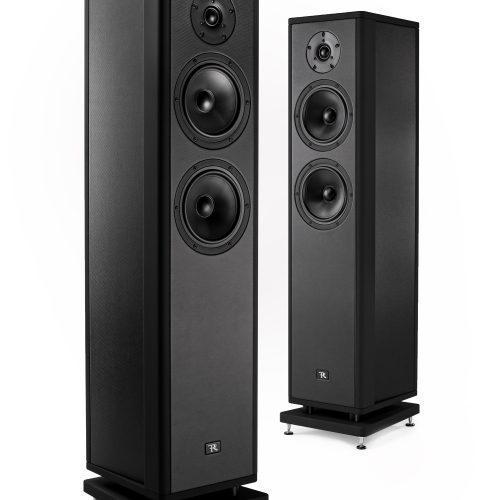
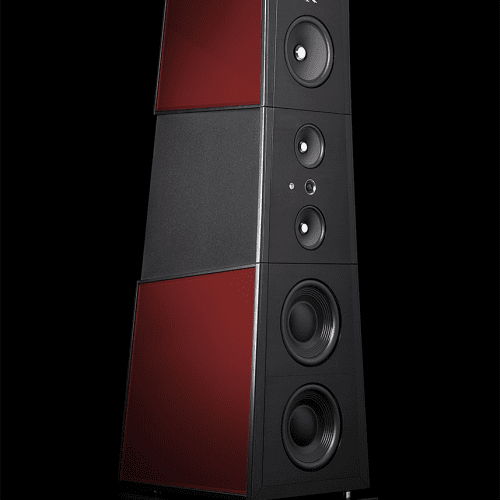
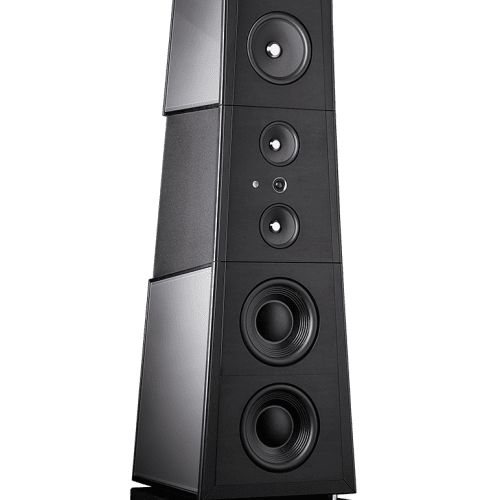
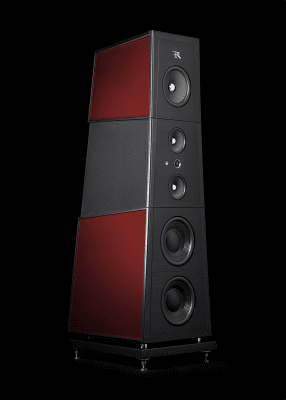
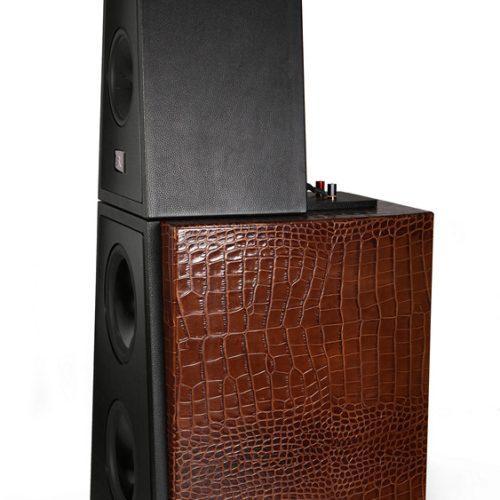
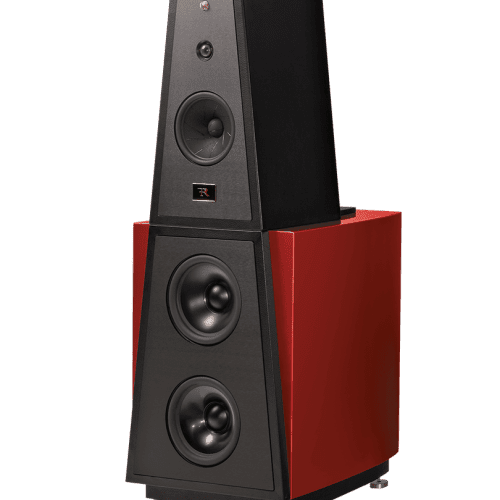
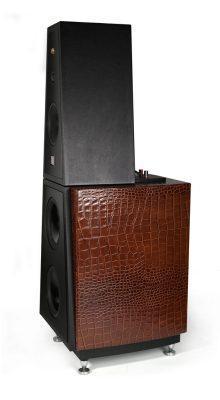
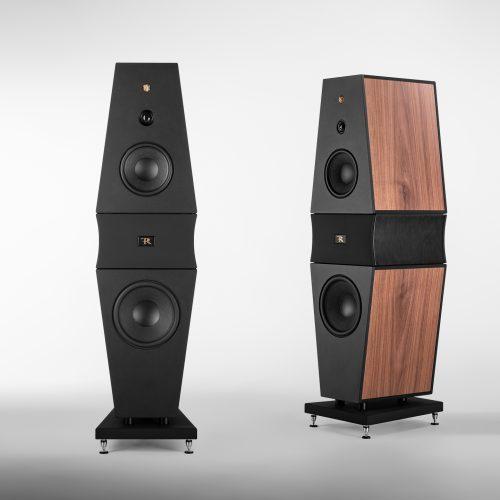
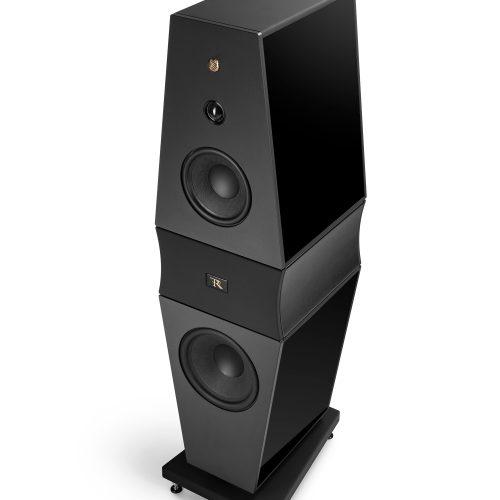
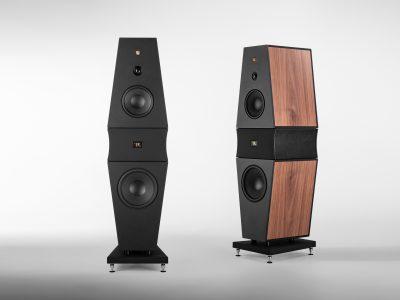

Αξιολογήσεις
Δεν υπάρχει καμία αξιολόγηση ακόμη.